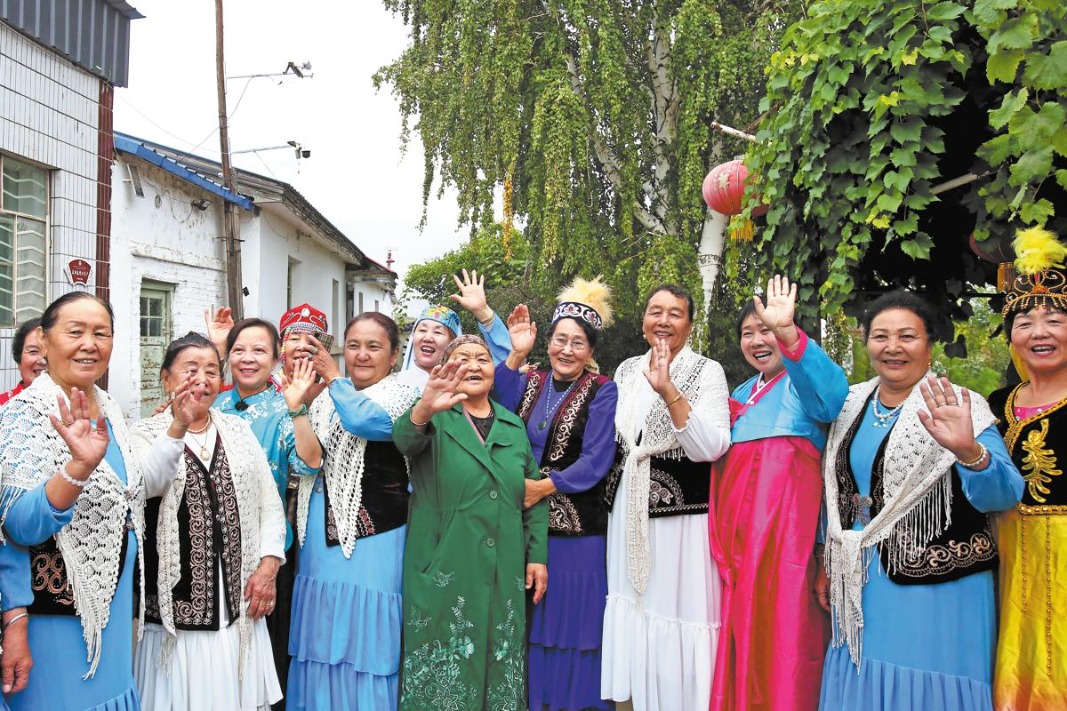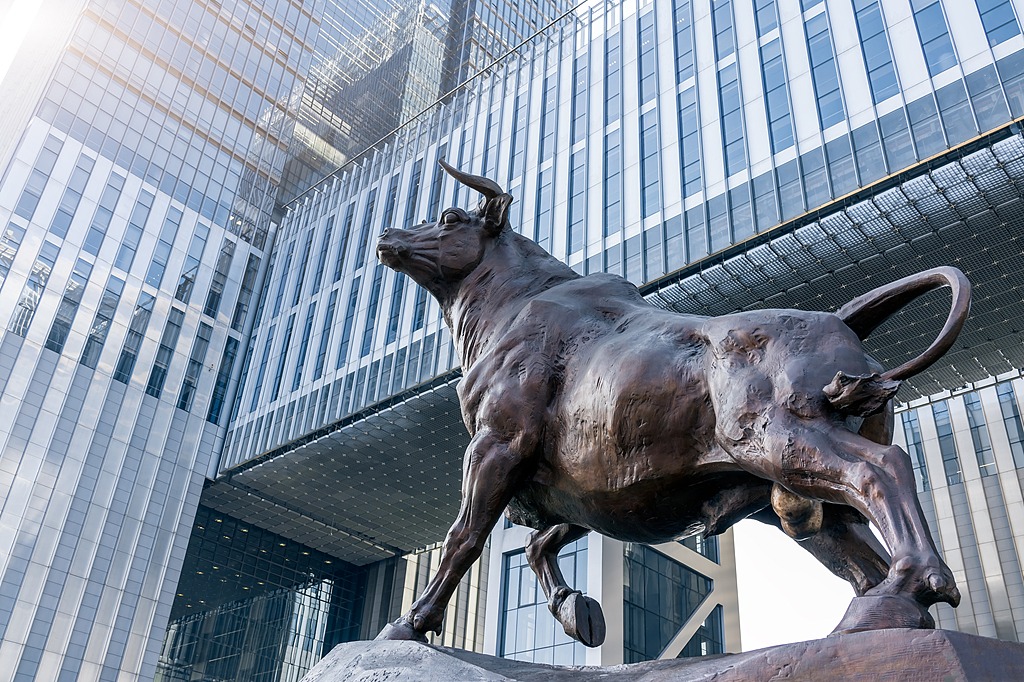Silver economy a silver lining for business


According to the United Nations' criterion, a country whose population aged 65 or above reaches 7 percent of the total is considered an aging society; when it touches 14 percent, it is considered a deep-aging society, and when it reaches 20 percent, it becomes a super-aged society.
Based on official statistics, in 2023, about 13.5 percent (190 million) of China's population and 29.1 percent (36.23 million) of Japan's population were aged 65 or above, which means Japan is already a super-aged society and China will soon become a deep-aging society.
An aging society is a demographic phenomenon, which brings social challenges but also creates opportunities. The "silver economy", part of the economy which primarily meets elderly people's needs, is based on the market and thrives on economic opportunities created by this demographic change. These two aspects complement each other and impact other aspects of modern society.
The characteristics of the silver economy include a large elderly consumer group with relatively stable purchasing power, businesses' ability to develop new products and services to meet the specific needs of the elderly, and the application of technology such as health monitoring devices to improve elderly people's lives. Thus the silver economy has the potential to drive overall growth.
Drawing from Japan's experience, it is important to ensure the silver economy covers all sectors so it can meet the diverse and specific needs of the elderly and thus become a strong driver of overall economic growth.
In a super-aged society like Japan, all industries and enterprises, not to mention those tailored to specially meet the elderly people's needs, must consider all senior citizens as potential consumers. For example, many property developers in Japan include barrier-free facilities in homes to cater to the special needs of the elderly, and an increasing number of household appliances and cameras are designed with the elderly in mind. But barrier-free housing, which was once a special feature in some housing complexes, is now the norm, and no longer a selling point for high-quality housing. This trend may extend to more products and services in the future.
In Japan's silver economy, there are no popular or unnecessarily fashionable products targeting the elderly people. This is because the industries serving the elderly will lose their specificity, which is not conducive to their growth as their market does not have unlimited growth prospects.
Additionally, the elderly people in Japan spend less than people in other age groups, because their education and housing costs have been significantly reduced due to subsidies and their savings rate is quite high. In fact, the Japanese people's savings are among the highest in the world, because they prefer to be prepared for eventualities such as illnesses and disasters, and build a healthy "retirement fund". So it can be said the silver industry cannot become a venture capital industry.
Also, companies that are part of the silver economy in Japan don't need to make blockbuster products, because high longevity means the elderly will consume more products over a longer period of time. This means products that meet elderly people's needs are likely to be purchased over an extended period. As such, in a super-aged society like Japan, the silver economy can be seen as key to stable growth.
However, any industry or enterprise can become part of the silver economy, shrinking, even if slightly, the market size of the existing enterprises in the sector and intensifying the competition for market share. Of course, for any industry or business, becoming part of the silver economy by developing "silver products" would be a challenging task.
Japan's silver economy has created significant development opportunities for multiple industries, including real estate and institutional industries, healthcare and nursing institutions (especially those offering smart eldercare training), and education and entertainment sectors tailored to meet elderly people's needs.
China has a huge "silver market". But despite China's rapidly increasing aging population catalyzing the rapid development of the silver economy, the quality and scale of eldercare and services still cannot meet much of the elderly people's demands. For example, there is an increasing demand for quality elderly healthcare and eldercare services, as well as that for health products and health tourism for the elderly, and there are significant differences in the welfare and care services offered to urban and rural elderly people.
On the other hand, the rapidly rising aging population is increasing the pressure on China's pension system, making it increasingly difficult for households to support the elderly members of the family. To mitigate these problems, Chinese companies, learning from Japan's experiences, should develop a sound understanding of the needs and preferences of the elderly people, position their products and services accordingly, and develop innovative products and services to meet the specific needs of the elderly, and seize the economic opportunities created by the rising aging population. They should also foster cooperative relations with governments, medical institutions, community organizations and others to better serve the elderly.
There is also a need to increase investment in the eldercare sector and use advanced technologies such as the internet of things, big data and artificial intelligence to improve eldercare, and attach greater importance to elderly people's education, and cultural and spiritual needs. In short, businesses need to develop a profound understanding of the silver economy and take the right strategic decisions in order to succeed in the complex but growing market.
The author is a professor at the College of Policy Science at Ritsumeikan University, director of the Research Institute of Global 3E in Japan and a foreign fellow of the Engineering Academy of Japan.
The views don't necessarily reflect those of China Daily.
If you have a specific expertise, or would like to share your thought about our stories, then send us your writings at opinion@chinadaily.com.cn, and comment@chinadaily.com.cn.


































